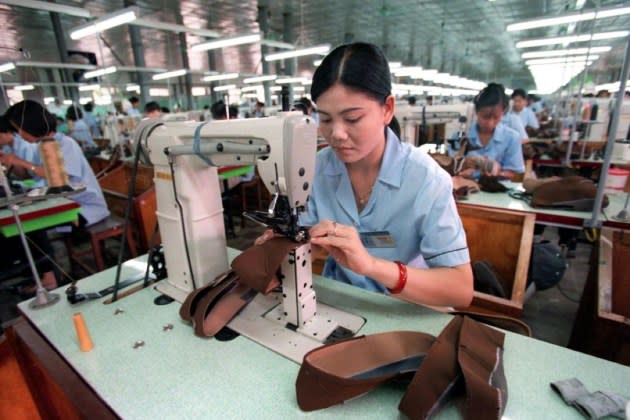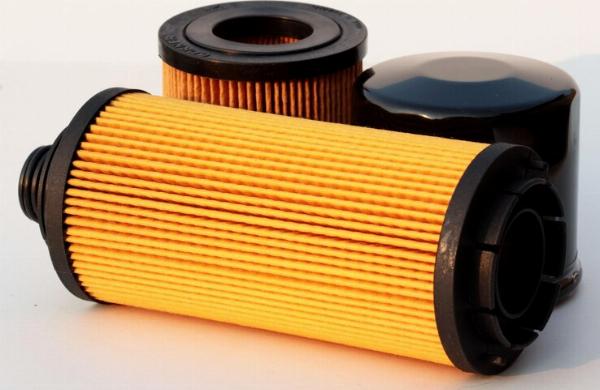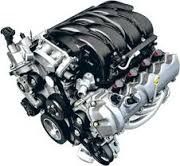
The only certainty for the footwear industry is that price inflation for shoes is still on the horizon, even with a new trade deal supposedly unfolding between the U.S. and Vietnam.
The deal, once finalized, is critical for footwear as Vietnam accounts for about 25 percent of shoe manufacturing — and the country has become the go-to place for sneaker production.
More from WWD
-
Shoe Stocks Mixed as US-Vietnam Trade Deal Framework Revealed
-
Tariff Fears Prompted Some Shoe Firms To Get Out of China Fast: But Did They Move Too Quickly?
-
Hill House Home, ViBi Venezia Step Into Summer With Floral Collab
U.S. President Donald Trump revealed his latest trade move on Truth Social Wednesday, one week ahead of the July 9 deadline when the temporary pause on reciprocal rates are supposed to end.
“Vietnam will pay the United States a 20 percent tariff on any and all goods sent into our territory, and a 40 percent tariff on a Transshipping,” he said, adding that Vietnam will also give the U.S. “total access” to their markets for trade. After pointing out that the access is something Vietnam has never done before, Trump also said the U.S. will be able to sell American product “into Vietnam at zero tariff.” There currently is no confirmation yet on Vietnam’s Ministry of Trade website.
The transshipping component is aimed at barring Chinese manufacturers from circumventing China tariffs by shipping first to Vietnam before it heading to its final U.S. destination.
“Vietnam is essential to the U.S. footwear supply chain, especially for athletic shoes. In 2024, we imported 274 million pairs from Vietnam, accounting for over half of all athletic footwear imports by volume and value,” Matt Priest, president and CEO of the Footwear Distributors and Retailers of America (FDRA), said in a statement. “With $10.6 billion in shipments last year, Vietnam is on pace to become our largest supplier in 2025. Disrupting that pipeline with additional tariffs would hit American consumers and our industry hard.”
Priest has repeatedly called for the Trump administration to acknowledge the steep footwear duties already in place. He noted that many shoes, especially popular athletic shoes, already carry a 20 percent tariff, and that adding new tariffs on top of that is “bad economics.”
In a telephone interview, Priest said that “some of our own sources are saying that not everything’s been decided,” and that discussions are continuing to finalize the terms. He said that what the industry needs is certainty, and that’s what they don’t have yet since there’s still a lot of unknowns.
Story Continues“Will we get credit for what we already paid? We already paid 20 percent for sneakers out of Vietnam, so do we get credit for that or will this be on top of what we already pay? We’re still trying to figure all that out,” Priest said.
As for the transshipping component, Priest said what that might mean is also unclear.
One thing is clear, however, and that’s that shoe prices are going higher. According to Priest, duties on kids shoes in April alone were up nearly 300 percent year-over-year, and FDRA’s chief economist Gary Raines has already noted evidence “upstream in the supply chain of surging average duties per pair on footwear imports” that is expected to push the average landed cost of footwear imports higher, which in turn will pressure retail footwear prices to climb later this year.
BTIG analyst Janine Stichter wrote in a note on Tuesday that while there have been some selective price increases already, most of the adjustments upwards won’t occur until this month. And even with temporary reductions in tariffs — 30 percent for China through Aug. 12 and 10 percent for all other countries through July 9 — to allow for negotiations on new trade deals, Stichter said “pricing is still likely a necessary lever to offset” some of those cost increases.
And on Wednesday, she wrote that while the stated 20 percent tariff on Vietnam is higher than the temporary 10 percent pause rate, it is still “much less onerous than the initially proposed 46 percent reciprocal rate.” And while the rate adds incremental margin pressure for those with Vietnam exposure, Stichter said the 20 percent tariff “should be mitigated over time for most.”
The American Apparel and Footwear Association’s president and CEO Steve Lamar said the organization is “pleased that further progress” is being made on reciprocal trade deals.
“With respect to Vietnam — the second largest supplier for footwear, apparel, and accessories sold into the U.S. market — we look forward to learning the details related to today’s news so that we, together with our members, can evaluate how well it will provide relief and certainty,” Lamar said. “Is vital that the final terms of this deal, and any future deals, enable U.S. brands and retailers, and our 3.6 million American workers, to continue to be able to supply American consumers with affordable, responsibly made, ethically sourced, and authentic fashion.”
Rick Helfenbein, an independent consultant and former AAFA chairman, president and CEO, said the 20 percent tariff increase remains a high number for apparel and footwear importers, but still 26 percent lower than where they started on April 2 when reciprocal tariffs were first announced by Trump. “Expect that USA importers and Vietnamese manufacturers might find a way to split the difference — resulting in some price inflation, but avoiding a serious retail disaster — especially for the footwear industry,” he concluded.
Meanwhile, the U.S. is said to be working on tariff talks with China now that a U.S.-China rare earth minerals trade deal has deescalated tensions between the two countries. Trump at one point raised tariffs to 145 percent for China imports to the U.S., then lowered that to 55 percent, including previous tariffs stacked on top of the new rate. The rate was lowered temporarily in May to 30 percent so trade-deal talks can take place prior to Aug. 12.
With China and Vietnam having preliminary agreement status, there has been just one other trade deal finalized and that’s with the U.K.
A fact sheet from the Holland & Knight law firm provided a status update for bilateral trade deal talks. There are 14 countries where negotiations remain ongoing: India, Japan, South Korea, Mexico, European Union, Canada, Thailand, Cambodia, Malaysia, Philippines, Taiwan, Indonesia, Pakistan and Switzerland. Argentina is also on the list, but there’s been no update since March 4, 2025.
The law firm noted that on Monday, Trump said that a “very big” deal with India, a footwear production hub, is likely to be finalized soon. Talks with Mexico are centered on a potential quota system to reduce the 50 percent tariffs on steel imports, while Cambodia has submitted a detailed proposal ahead of the July 9 deadline and the two countries are “now engaged in a multi-round negotiation process.”
Also as of Monday, the law firm said Indonesia has eased licensing requirements on import rules and offered to increase U.S. access to critical minerals as part of its effort to advance the talks that are in progress.
With July 9 right around the corner, Trump’s next move is anyone’s guess.
Best of WWD
-
All the Retailers That Nike Left and Then Went Back
-
Mikey Madison's Elegant Red Carpet Shoe Style [PHOTOS]
-
Julia Fox's Sleekest and Boldest Shoe Looks Over the Years [Photos]
Sign up for FN's Newsletter. For the latest news, follow us on Facebook, Twitter, and Instagram.
The US-Vietnam trade deal's 20% tariff hikes present a complex picture; tackling the balance between economic interests and fair competition raises critical questions that require nuanced analysis for sustainable growth prospects.














